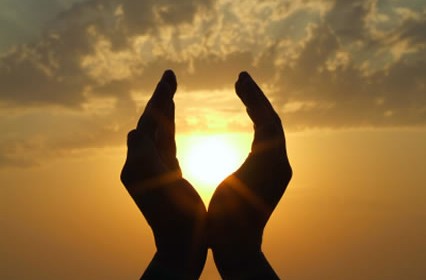Why You Should Not Ignore Vitamin D Deficiencies

Come summer, and everyone is bound to curse at the heat. True, you can’t go from one point to the next without breaking into buckets of sweat! With this as a backdrop, if one were to tell you that you might be deficient in Vitamin D, there’s a chance that you’ll laugh it off and say that this much sun exposure is enough to ensure that there’s no deficiency.
Hold your guns. You aren’t exactly right about that. People around you, and perhaps you yourself, might be complaining of calcium deficiencies, back aches and joint pains, bone issues and muscle trouble. The root for this really lies in the lack of suitable amounts of Vitamin D.
Did you know that about the prevalence of Vitamin D related deficiencies are prevalent to the tune of 70-100%?
Yeah! That is a fact! Being in India does not guarantee you high Vitamin D. True, many of us live in terribly hot areas that know only summer and its milder forms, but the fact is, we are all not getting as much exposure to the sun as we ideally need. Work, school, college, family needs and plenty more that make our stress-filled lives what they are, keep us indoors for a long time. We are often dressed in a way that keeps us covered considerably. With all that in tow, we are in a space where we do not get enough exposure to the sun to stay healthy in terms of Vitamin D. Add to this mix the fact that Indians have a fair bit of low vitamin D intake through their food. Food supplements are often perceived as elder medication, and are often neglected by other age groups.
What does low Vitamin D cause?
Vitamin D is typically a nutrient for bone health. When there are low Vitamin D levels, one could suffer from bone disorders such as osteoporosis, osteomalacia, rickets and even bone deformities – especially in children and elders. The body becomes significantly weaker, and cannot withstand movement, exercise and flexibility. The condition can manifest itself as aches and pains, weak bones and joints and even inability to stay physically mobile.
How do we get more Vitamin D?
India is a rather heavily vegetarian country – whether by choice or religion, the consumption of meat, fish, liver and chicken is confined to a certain segment of the population. Vegetarian sources of Vitamin D are not as ample as non-vegetarian sources. The latter include such things as fish like tuna, mackerel, and salmon, cod liver oil, percomorph liver oil, beef liver, and egg yolks. Vegetarian sources include cheese, certain kinds of mushroom, almond milk, soymilk, oranges and citrus fruits, milk and yoghurt. Among these, lactose intolerance, cultural beliefs against mushrooms and acid intolerance render some of these food groups impossible for consumption for certain populations. The best way to keep Vitamin D alive in the body is by taking to suitable sun exposure. Spend some time basking in the sunlight: you are doing your body a world of good!
References:
http://oldwayspt.org/resources/heritage-pyramids/vegetarian-vitamin-d-food-sources
http://healthmeup.com/news-diet-fitness/why-indians-should-not-ignore-vitamin-d-deficiencies/35909
http://www.goodhousekeeping.com/health/diet-nutrition/g797/sources-of-vitamin-d-in-foods/
